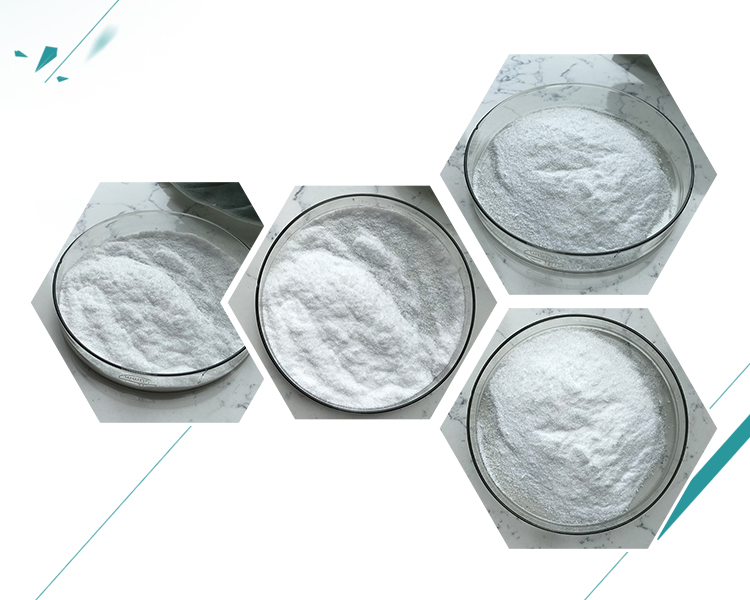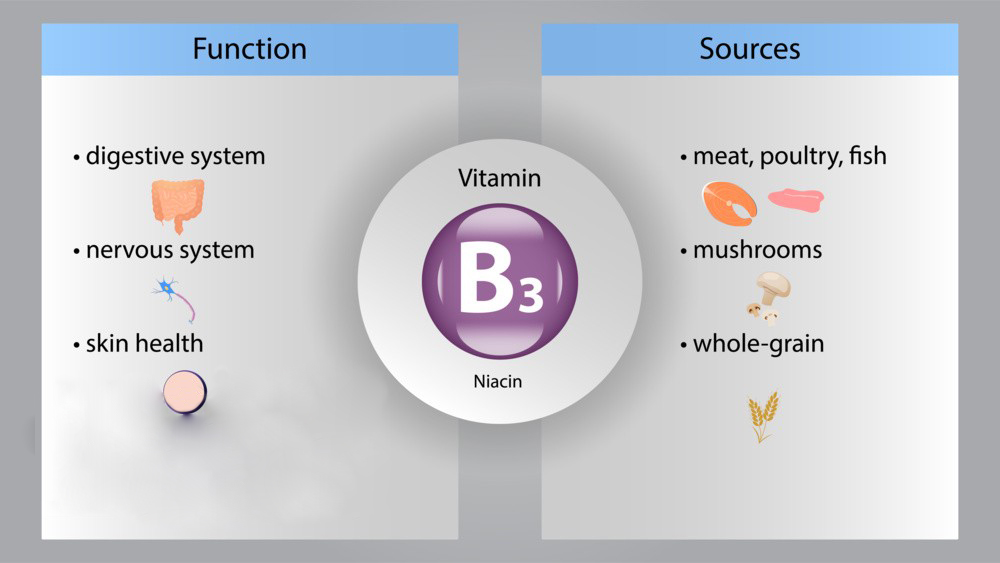Niacin, also known as vitamin B3 or nicotinic acid, is a crucial nutrient involved in various physiological processes in the human body. Here’s a comprehensive overview based on current knowledge:
Functions and Benefits of Niacin:
1.Energy Metabolism: Niacin plays a vital role in converting carbohydrates, fats, and proteins into energy. It is a component of coenzymes nicotinamide adenine dinucleotide (NAD) and nicotinamide adenine dinucleotide phosphate (NADP), which are essential for cellular energy production.
2.Cellular Signaling: Niacin is involved in cell signaling processes, influencing gene expression, DNA repair, and cell differentiation.
3.Lipid Metabolism: It helps in lowering levels of LDL cholesterol (often referred to as “bad” cholesterol) while increasing HDL cholesterol (the “good” cholesterol), which is beneficial for cardiovascular health.
4.Antioxidant Properties: Niacin acts as an antioxidant, helping to neutralize harmful free radicals that can damage cells and contribute to aging and disease.

Dietary Sources:
Animal Sources: Meat, poultry, fish, and dairy products are rich sources of niacin.
Plant Sources: Niacin can also be obtained from nuts, legumes, and enriched or fortified grains.
Synthesis in the Body: The body can also synthesize niacin from the amino acid tryptophan, although the conversion rate is generally low.
Deficiency and Toxicity:
Deficiency: Severe niacin deficiency results in a condition known as pellagra, characterized by dermatitis, diarrhea, dementia, and potentially death if untreated. Pellagra was historically common in populations reliant on maize (corn) as a staple food, which is low in niacin unless treated with alkali.
Toxicity: High doses of niacin supplements can cause adverse effects such as flushing (redness and warmth of the skin), itching, liver toxicity, and gastrointestinal upset. These effects are generally not seen with niacin from food sources.
Recommended Intake:
The Recommended Dietary Allowance (RDA) for niacin varies by age and sex. For adults, it ranges from 14-16 mg/day for women and 16-18 mg/day for men. Higher amounts may be recommended for pregnant or breastfeeding women.

Medical Uses of Niacin:
Hyperlipidemia: Niacin is sometimes prescribed in pharmacological doses (much higher than the RDA) to help lower cholesterol levels in individuals with hyperlipidemia.
Cardiovascular Health: It has been studied for its potential benefits in cardiovascular health, although its role as a standalone treatment is often part of a broader approach to managing cardiovascular risk factors.
Conclusion:
Niacin is a vital nutrient with multiple functions in the body, ranging from energy metabolism to cellular signaling and antioxidant defense. While deficiencies are rare in developed countries due to dietary intake and fortification practices, understanding its role and ensuring adequate intake remains important for overall health and well-being.
